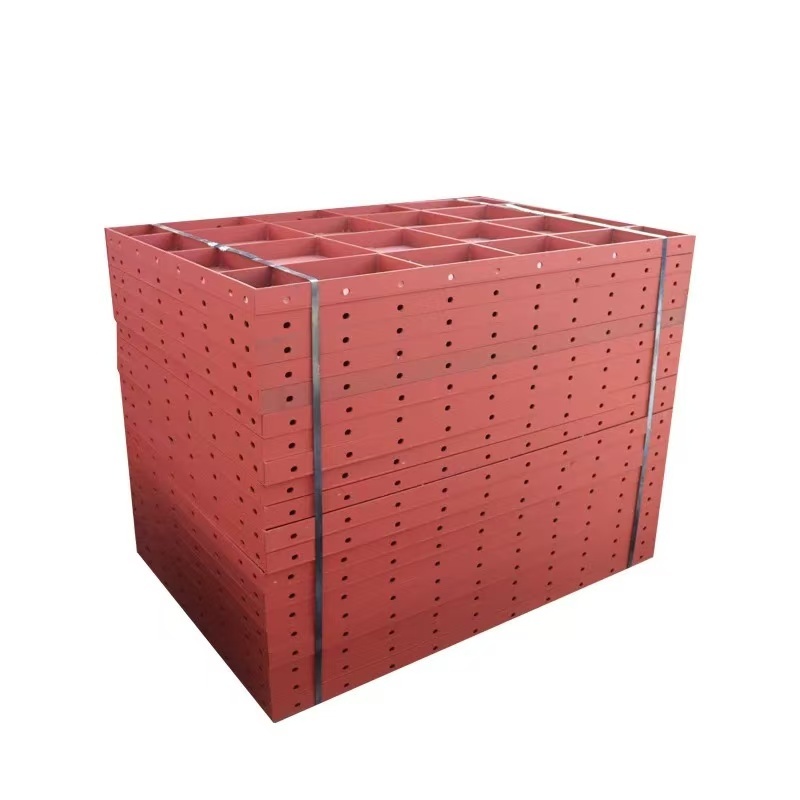The Ingenious Scaffold: Understanding Its Mechanism in Construction
Discover how scaffolds work in construction and their pivotal role in building projects.

Introduction: What on Earth is a Scaffold?
When you think about construction sites, what often comes to mind? Big machines, hard hats, and, of course, those towering structures made of metal and wood—scaffolds! But hold on a minute; do you really know how they work? Let’s dive into the nitty-gritty of scaffolds and unravel their marvels!
The Basics: Why Do We Need Scaffolds?
Picture this: you're trying to paint the ceiling of your living room. It’s a stretch, isn't it? You need something sturdy to reach those high places without wobbling like a toddler on roller skates. That’s where scaffolds come into play! They provide a stable platform for workers to perform tasks at height, whether it’s painting, bricklaying, or even window installation. Basically, they make life a whole lot easier!
How Do Scaffolds Work? Breaking It Down
Now, let’s get into the mechanics of these handy structures! Scaffolds are essentially temporary frameworks that support both workers and materials. They consist of a few key components:
- Standards: These vertical posts bear the load and stand tall like soldiers on duty.
- Ledgers: Horizontal tubes that connect standards, creating the framework.
- Braces: Diagonal supports that add stability, preventing the scaffold from swaying.
- Decking: This is where the magic happens—workers stand on these platforms to do their thing!
When pieced together, these components create a robust platform that can handle a significant load. And trust me, they’re designed to withstand all kinds of weather, from sunny skies to torrential downpours!
The Types of Scaffolds: A Quick Overview
Believe it or not, not all scaffolds are created equal! Here are a few common types you might encounter:
- Tube and Coupler: The classic option, made of tubes and clamps, offers flexibility in design.
- System Scaffolding: Prefabricated and quick to assemble, these are often used for larger projects.
- Suspended Scaffolding: Ideal for high-rise buildings, these hang from above, allowing workers to go up and down.
- Mobile Scaffolding: Equipped with wheels, these are perfect for projects that need to move around.
Each type has its perks, and the choice often depends on the specific project requirements. So, whether you’re building a skyscraper or painting your living room, there’s a scaffold for that!
Safety First: Ensuring a Secure Scaffold
Now, here’s the kicker: while scaffolds are super useful, safety is a top priority. OSHA (Occupational Safety and Health Administration) has strict guidelines to ensure workers' safety. Some of the key points include:
- Regular inspections to check for wear and tear.
- Proper training for workers on how to use scaffolds.
- Ensuring that scaffolds are erected on solid ground.
So, the next time you see a scaffold, remember that it’s not just a bunch of metal and wood. It’s a carefully designed system that prioritizes safety while allowing workers to reach new heights—literally!
Conclusion: The Unsung Hero of Construction
In conclusion, scaffolds are the unsung heroes of the construction world. They support workers and materials, enabling ambitious projects to come to life. Whether you’re a seasoned contractor or a DIY enthusiast, understanding how scaffolds work can make all the difference. So, the next time you see one on a job site, give it a nod of appreciation—after all, it’s doing the heavy lifting!
Key words:
PRODUCT SEARCH
Search And Quickly Find The Products You Need
With advantages in technology, quality, and service, the company is steadily advancing in the industry, continuously providing high-quality hydraulic rubber products and services to global customers, demonstrating strong development potential and broad market prospects.









